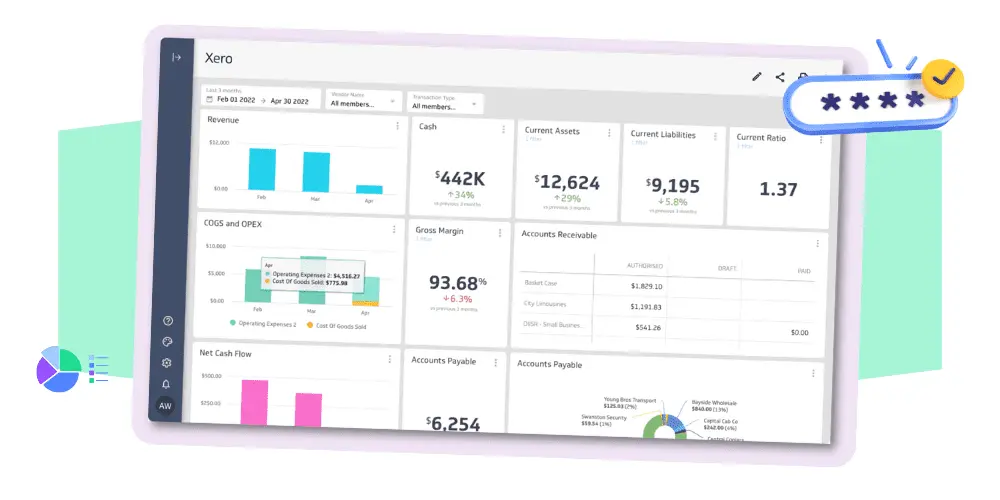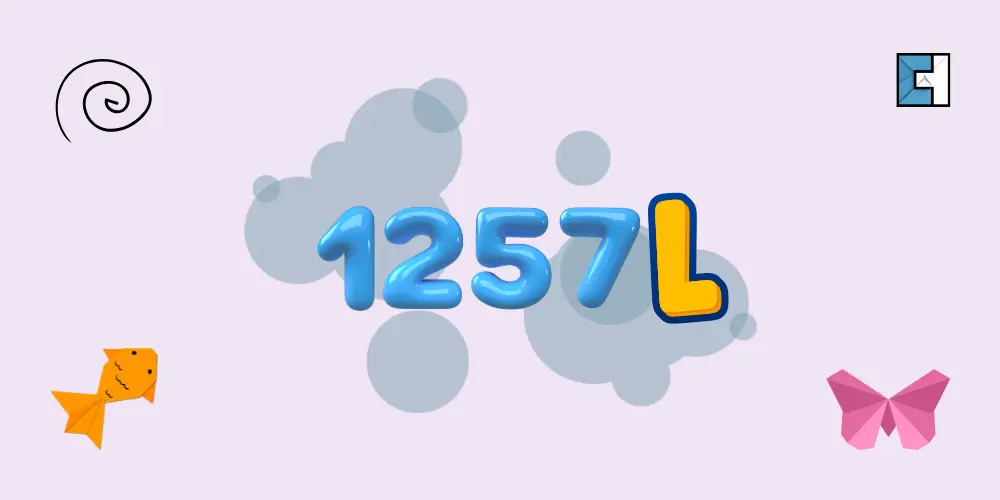HMRC is urging people to correct their 2020/21 tax returns if they mistakenly took excessive business asset disposal (BAD) relief as a result of the retroactive decrease in their lifetime limit.
The Business Asset Disposal or BAD relief, formerly known as Entrepreneurs’ Relief (ER), was established in 2008 with a £1 million maximum limit on the number of capital gains that can be aided by the relief per taxpayer. The lifetime cap is the maximum amount that you can earn from a single account. It gradually increased throughout the years, as seen in the table, until March 11 2020.
Lifetime Limits on Different Periods Which ER Claimed:
| Period for ER Claimed | Lifetime Limit |
|---|---|
| 6 April 2008 to 5 April 2010 | £1m |
| 6 April 2010 to 22 June 2010 | £2m |
| 23 June 2010 to 5 April 2011 | £5m |
| 6 April 2011 to 10 March 2020 | £10m |
| From 11 March 2020(BAD Relief) | £1m |
New Name, the New Limit
Rishi Sunak’s first Budget on March 11, 2020, reduced the ER lifetime limit to £1 million and changed the name of relief to Business Asset Disposal Relief with immediate effect from 6 April 2020. However, the name change made no difference to the rules or structure of the relief, so a taxpayer’s lifetime limit for ER claims was carried forward and deducted from their total lifetime limit for BAD relief claims.
The new restriction on the amount of available BAD relief, which took effect in 2016, had a retroactive impact. The majority of tax advisers and, perhaps, most taxpayers were unaware that it did.
In such cases, no more BAD relief can be claimed by a taxpayer who has already taken advantage of ER on gains of £1 million or more by March 11, 2020. However, if the earlier claims fell within the previous lifetime limits, they will not be disturbed.
Explore how claiming tax relief effectively can help manage your liabilities under the updated Business Asset Disposal Relief limits.
Nudging the Taxpayers
The HMRC has now started checking tax returns for 2020/21, and it is sending out letters to people who appear to have surpassed their lifetime limit for BAD relief.
In letter 1 HMRC states: “Our records show that you have exceeded the lifetime limit of £1m prior to submitting your self-assessment return. This means your claim is unlikely to be accepted, and you will need to pay tax on the capital gain at the normal rate of Capital Gains Tax.”
This implies that HMRC has checked the taxpayer’s records from 2008 through 2020 to ensure that no ER claims have been submitted during that time. This may not be accurate.
Meanwhile, in letter 2, HMRC states: “You included a Business Asset Disposal Relief (BADR) claim in your 2020/21 self-assessment return… Our records show this claim for BADR has taken you over the lifetime limit of £1m.”
If the 2020/21 BAD relief claim covers gains worth more than £1 million, it may be simpler to quantify.
How to Make Amendments?
The taxpayer should adjust their claim to “BAD relief” in their 2020/21 tax return or respond to correct HMRC data on receipt of either nudge letter. The taxpayer will be given a deadline by which to do this, which is generally 30 days after receiving the message.
If you do not file your tax return correctly as a result of the amendment, you will be charged interest on any additional taxes due, but nudge letters imply that no fines will be levied.
Make sure to understand the timeline and process of self-assessment tax returns and familiarize yourself with the HMRC Self-Assessment Form to ensure accurate amendments.
Possible Penalties
If the taxpayer (or their tax adviser) does not respond to the nudge letter within a reasonable amount of time, HMRC will begin an enquiry into tax compliance. For any errors in the tax return, penalties are likely to be issued.
The compliance checks factsheet CC/FS7a details the range of penalties that can be imposed for an error regarding tax withholding, which in this case might range from 15% to 100% of the underpaid amount. HMRC has informed the taxpayer that an error was made in the return, thus any subsequent correction is regarded as a prompted disclosure.
If HMRC makes a mistake and the taxpayer’s lifetime limit for BAD relief has been reached, it is very critical that this be brought to their attention as soon as possible.
Conclusion
The letters sent out by HMRC are intended to nudge taxpayers into correctly claiming BAD relief on their tax returns. However, the language used in the letters may cause some concern as it implies that HMRC has already checked the taxpayer’s records and found them to be in error.
If you believe that you have been incorrectly nudged or if you are unsure about your position, please contact us for advice.
Additional Resources








































































